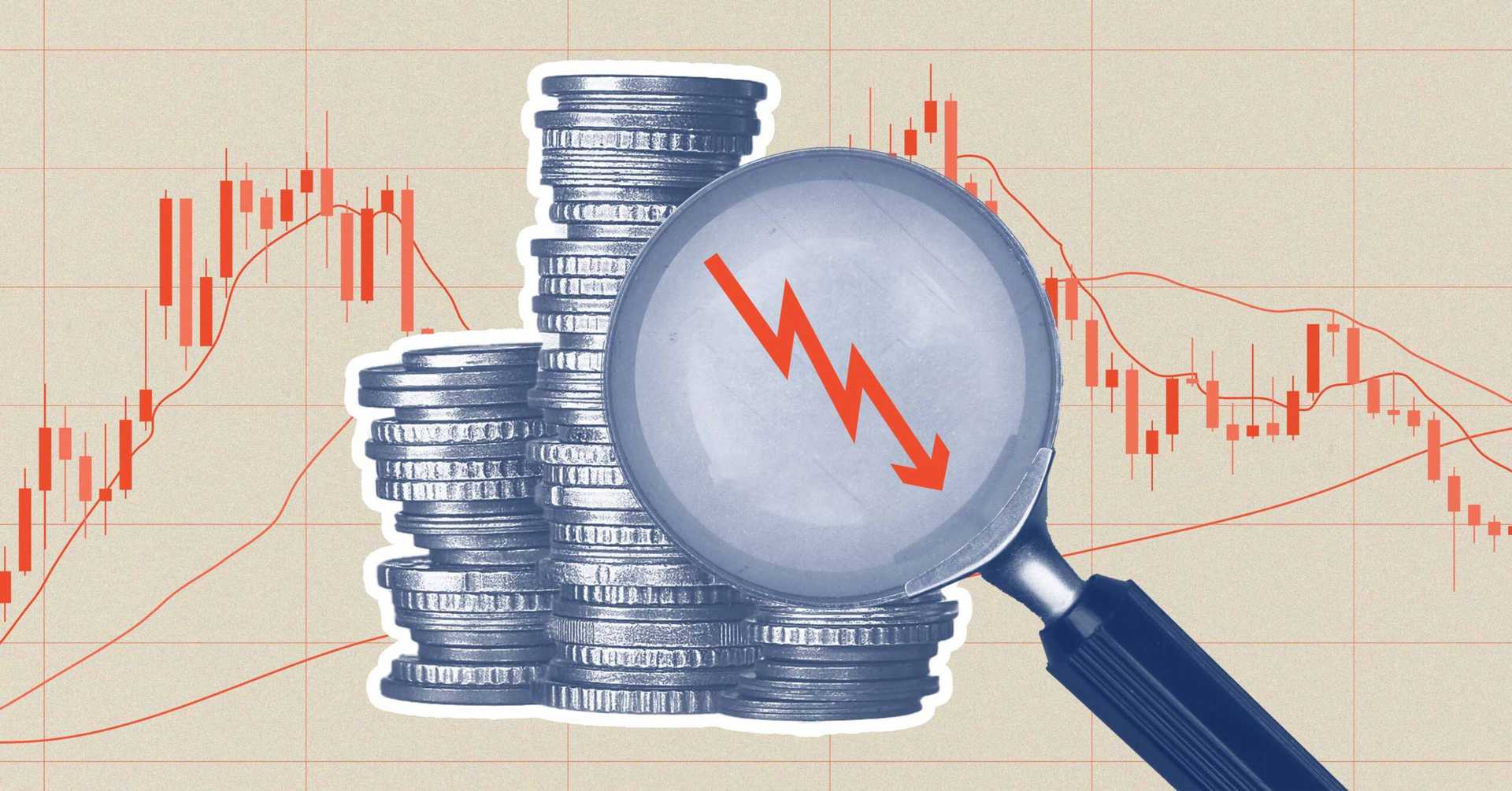Why Do Some Big Market Moves Impact Initial Margin, Whilst Others Don’t?
If you run a ‘buy and hold’ strategy you don’t expect your initial margin requirement to change much. You would even hope that margin would progressively fall over time as the duration decreases. But, this isn’t always the case…sometimes you will see big step changes in margin that can be as much as 100% – a lot of potential capital to find in a hurry.
Plus, you’ve also probably noticed that when there’s a big move in the market, there sometimes is a big move in your margin. But there sometimes isn’t. So, why do some moves seem to impact margin whereas others don’t?
The answer to why large market moves impact some products more than others lies in how the CCPs determine the scenarios they use in their margin calculation. It doesn’t matter whether it’s ETD or OTC, or whether the margin algorithm is SPAN or VaR, all in some way consider historic price moves:
- The commonly used VaR algorithms are based on historical simulation.
- CCPs will analyse historic price moves to set the SPAN scanning range – the main input into the calculation.
However, the way that these historic price moves are applied to the current market depends on the product. Basically there are two scenario types:
- Absolute
- Relative
With absolute scenarios the actual price move is considered. This will be the type of shift used for interest rate products. This makes sense because interest rates tend to move by the same amount whatever the current level of rates. This type of scenario leads to margins that are only impacted by market volatility and not by the current market level.
Relative scenarios look at the percentage change in prices and then apply this as a shift to the current price. This type of scenario will be applied to equity products, where larger price changes tend to be seen when the underlying price is higher. This type of scenario means that margins will change as the market goes up and down.
If margin rates and scenarios are set based on absolute changes in prices then the margin calculated for a given position will be relatively stable. But, if relative scenarios are used then the underlying price can have a big impact on the margin requirement.
Consider the SPAN margin calculated on an index future based on a scanning range set at 5%. This means the CCP is expecting the level of the index to move by a maximum of 5% over the holding period (usually 2 days) and the margin calculated should cover this move.
If the current index level is 7,000 then the margin rate will be 350. But if the index goes up to 8,000 then the margin rate will go up to 400. However, the good news is that if there is a market crash, with the index going down to 6,000, then the margin rate would similarly go down to 300.
The same effect can also be seen where VaR is the margin algorithm, where for example a 5% change in price would result in a similar 5% change in margin.
Knowing whether relative or absolute scenarios are being used for a particular product can help you understand how your margin might be impacted by changes in price levels. For example, relative shifts will often be used for equity based products, where the amount that a price is likely to move is relative to price level. But, for interest rate products, absolute shifts will be used as price moves will be directly related to basis point shifts in the underlying curve.
Contract Expiry
Meanwhile, the parameters or scenarios used for calculating the margin are configured differently for each upcoming expiry month for both VaR and SPAN methodologies.
When futures contracts expire, the ‘front’ (or first expiry) month will switch to the next available expiry. The same will be true for all other expiries in the series. The result: the margin calculated will change for every delivery month even without any change in position.
Usually this change is only small, but for some more volatile contracts the difference can mean over 100% change in the margin. But, this isn’t all bad news…depending on the type of contract the change can as easily be a reduction as an increase.
For example, on a short term interest rate futures contract, the implied price moves in the margin scenarios used for the front end of the curve tend to be smaller than those used for later expiries – maybe 5bp at the front end compared with 10bp at the 5 year point. This would lead to a 50% reduction in margin over time, without any change in position.
However, for Brent Crude the margin may vary between 40 cents per barrel for near expiries compared with 30 cents per barrel for far dated expiries. So, in this case, the margin would increase by 25% over time.
Changes in liquidation charge, as described in my piece Why margin can double if you roll ETD contracts too early, can also impact the margin without a position changing. In general, there is more liquidity in close expiries, meaning that margin would tend to drop as contracts near expiry.
Market Impacting Events
The most obvious example of a market impacting event is an election, and in particular one where the result is in doubt. Others may have more impact on particular markets, for instance OPEC meetings and oil prices. Another example is the monthly release of nonfarm payrolls figures.
For any of these events, CCPs will need to make sure they are holding sufficient margin to cover any price moves. They will make predictions of the likely impact of the event and adjust their margins accordingly. These pre-event changes in margin rates can easily increase up to 79% according to our analysis.
Generally these jumps are only temporary. Once the dust has settled the margin will drop back to pre-event levels. Although, if the outcome is not expected the jumps can last up to 6 months.
Bank Holidays
A number of CCPs calculate specific bank holiday margin. This is needed where a CCP clears a contract that trades on a market that is open while they are closed for a local holiday. They will require additional margin to cover potential price moves while they are closed.
This additional charge is usually in the form of a multiplier which increases the theoretical holding period of the margin. For example if the margin is intended to cover 2 day price moves, then the Bank Holiday will mean it needs to cover 3 days instead. In this case the margin will multiplied by a factor of SQRT(3/2) or about a 22% increase. Following the bank holiday the margin will drop back to the usual level, but this temporary additional requirement needs to be funded.
To Sum Up
This article highlights the variety of reasons why margin can be volatile. And this volatility often means that you need to provide additional funding to cover your margin just-in-case of these scenarios. However, if you understand the drivers of margin change you can minimise any over funding by knowing when the additional cover is needed– and that can lead to big savings in margin costs.




